Introduction
In the part 1 , I have introduced the purpose of the tests I am doing. In this 1st part, I have genuinely compared the Samsung S20 Fan Edition FG (“S20 FE” in this post) with an APS-C camera (Nikon Z50) and an old but respected full frame Nikon D750. The point of these tests is to evaluate how far I can trust a modern smartphone as an enthusiast photographer. The smartphone has proven to be a fairly good camera in non demanding conditions (still subject, plenty of light available), at least for its wide angle camera and to a lesser extent for the ultra wide angle. The tele lens has proven it was quite limited though.
In this post, I am investigating what it means to use it in “low light” conditions.
What low light means for this test
By low light, I mean indoor photography or whatever conditions where there is no plenty of light, typically when EV = 7 or (read here for what it means in terms of shutter speed and aperture). For enthusiasts, EV at 7 is not extreme but it is starting to be demanding. This is typical conditions for indoor and this will be my test scene, the lego models having the great advantage for being very patient.
Last and not least, I am considering only the 26 mm, as it can shoot RAW and this is making a significant difference for these conditions. The previous tests have also proven this sensor to be significantly better than the 2 other sensors of this smartphone.
Tests Results
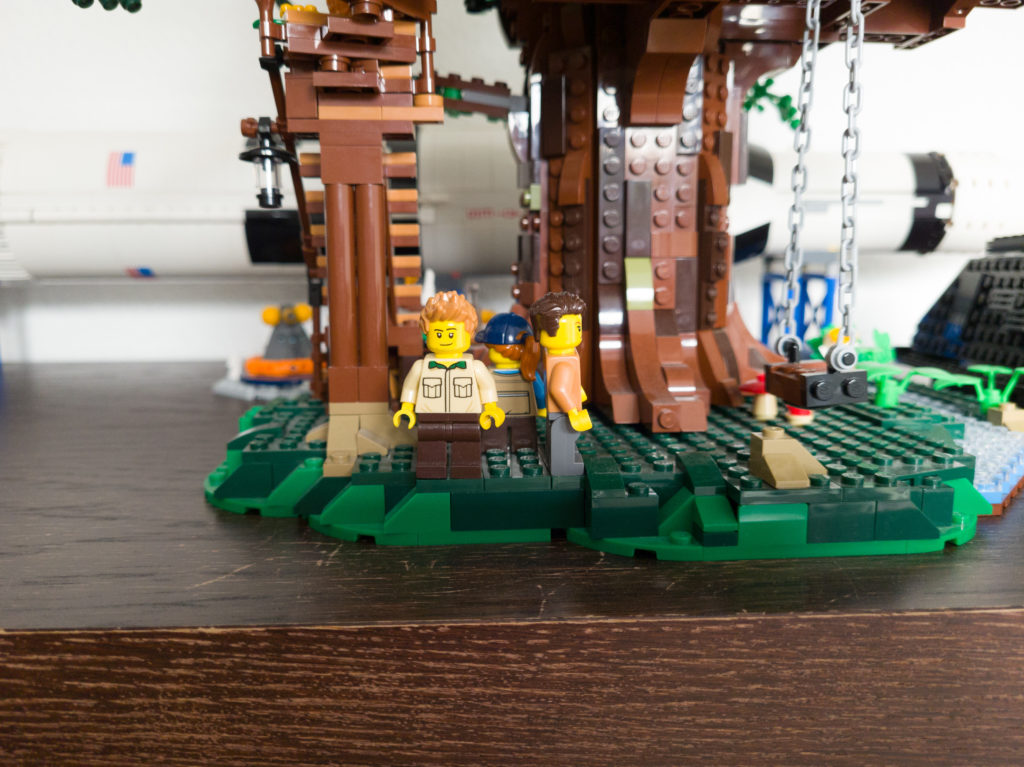
All images are JPG from RAW files with no other modifications than noise reduction and some basic and minor adjustments. Zooming to 100% the smartphone image and comparing it to both Nikon Z50 (APS-C) and D750 (Full-Frame), zoomed at 66% as they have more MP:
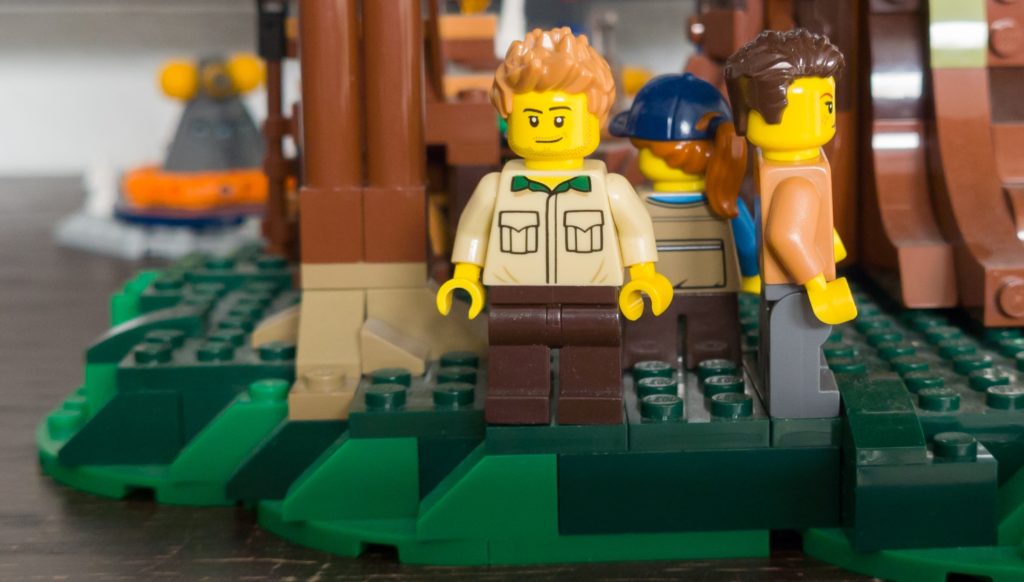
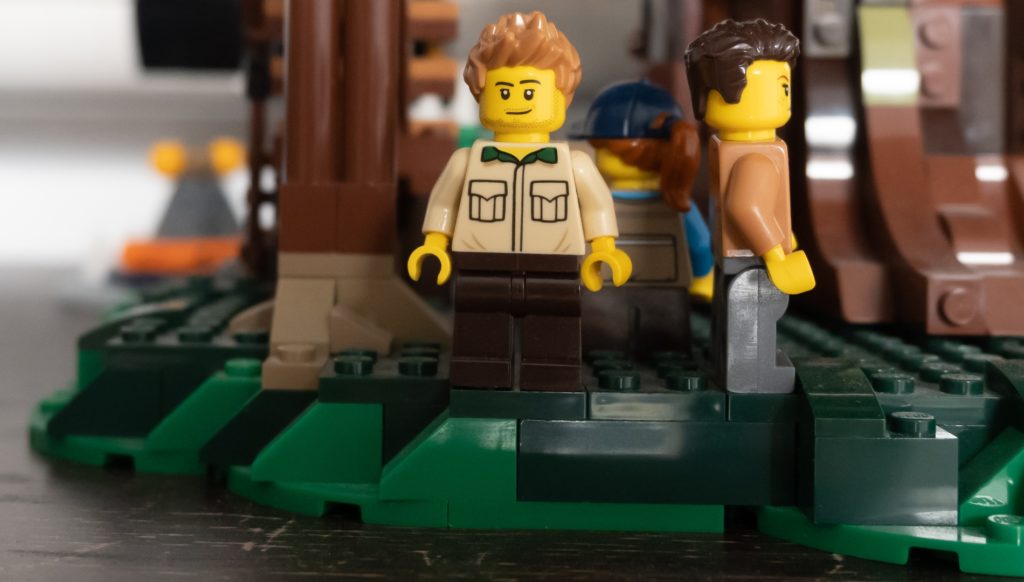
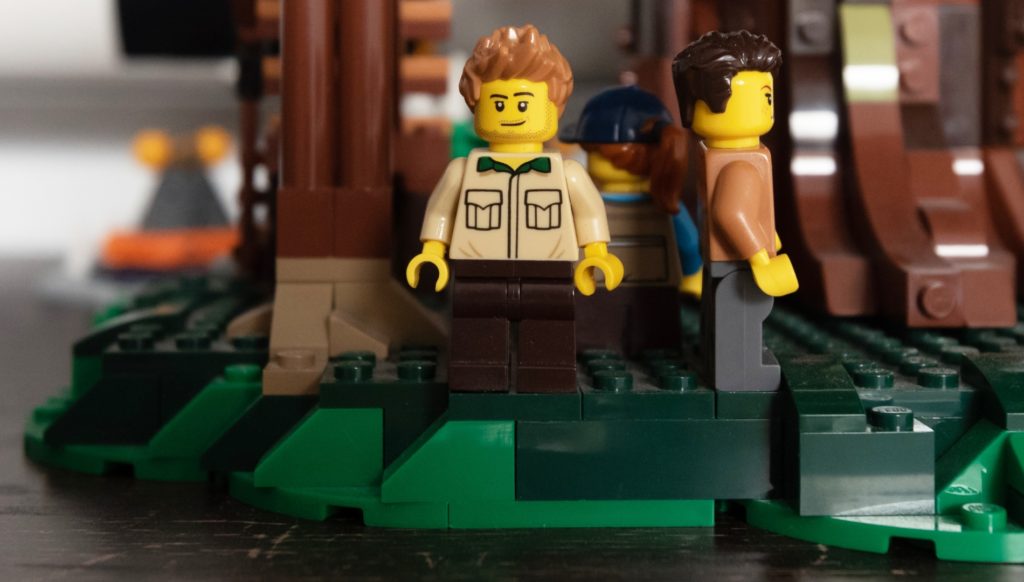
From this perspective, the lens is doing a fairly good job ! The main reason seems to be the ability of the smartphone to stay at low Iso. This is possible thanks to a fast lens at f/1.8 and low shutter speed acceptable for still subjects thanks to the stabilization.
So, I have tried more demanding tests at EV2. EV2 means for instance shooting at 1600 Iso, f/1.8, 1/30s. This means low light, it was really dark in the room when I took these images:
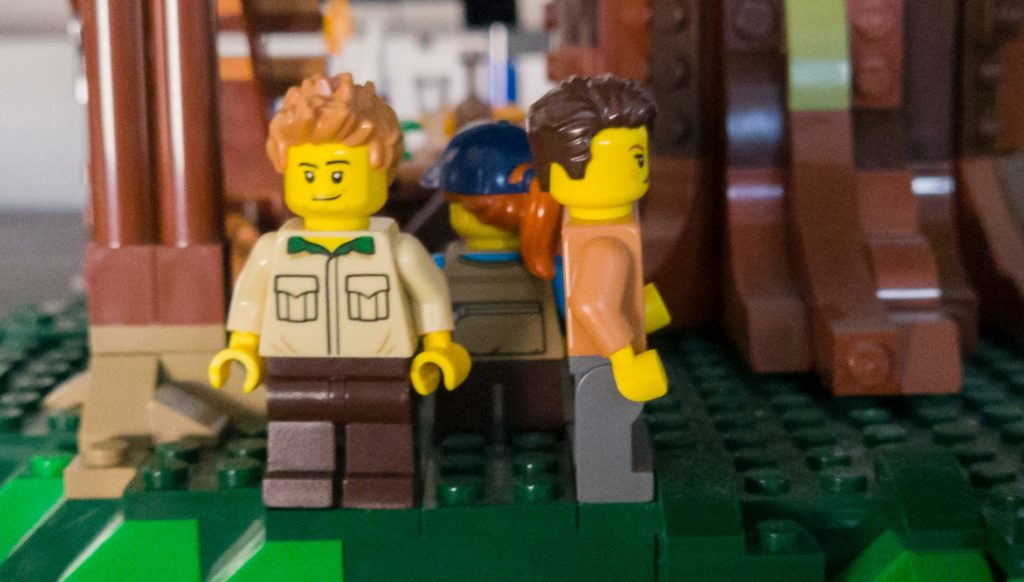
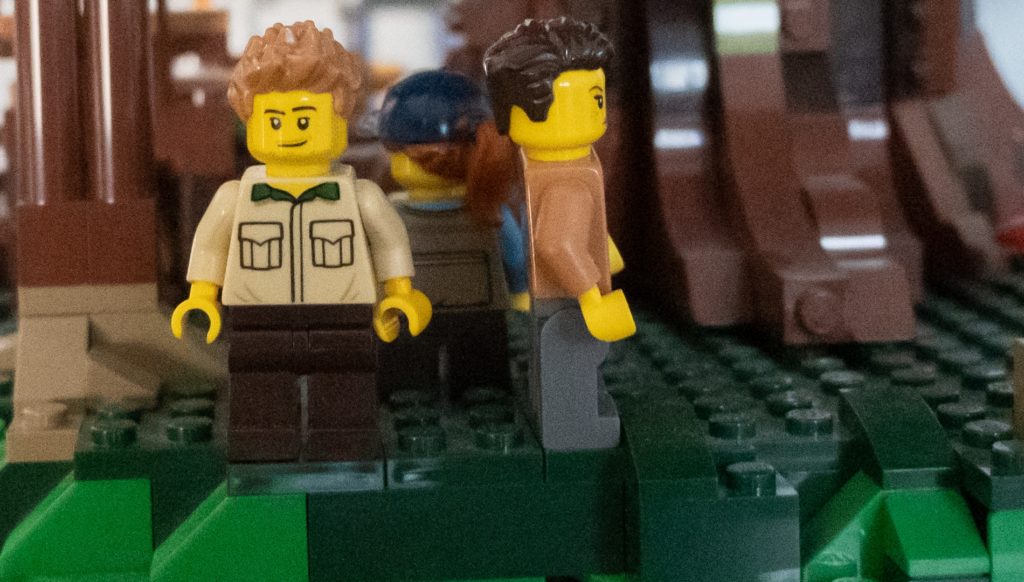
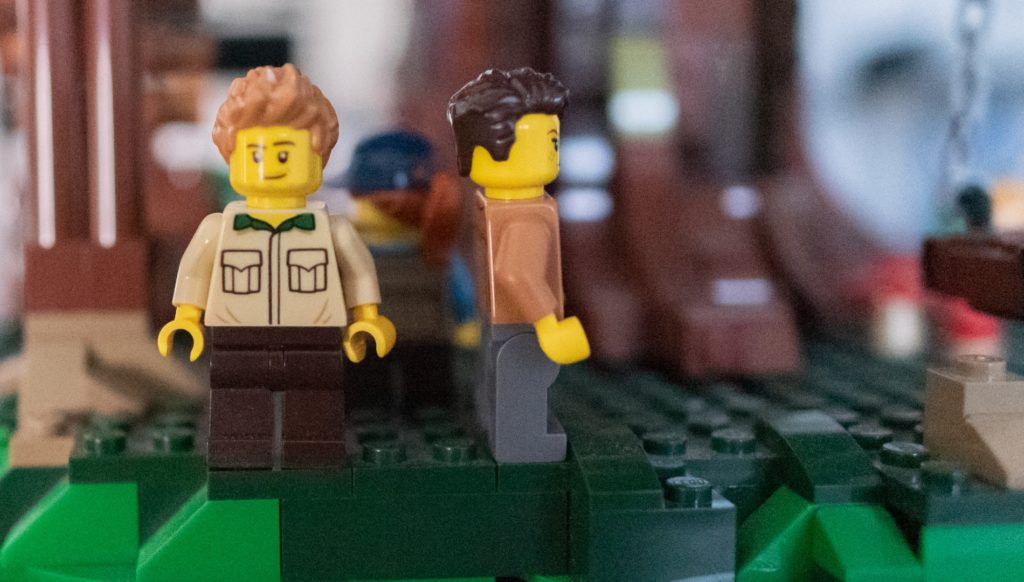
It is not perfect and the small sensor is not as good but the image can still be used. Samsung’s software try to limit the Iso level, for obvious reasons as small sensors are usually not as good as their bigger counterparts at high Iso. That’s the catch. If I have pushed back the Iso level of the Nikon images, the images will be significantly better (I shoot with the smartphone at 640 Iso, 6400 Iso with the Z50 and 12800 Iso with the D750). So, let’s finish the test with a higher level of ISO at EV2 for only the smartphone:
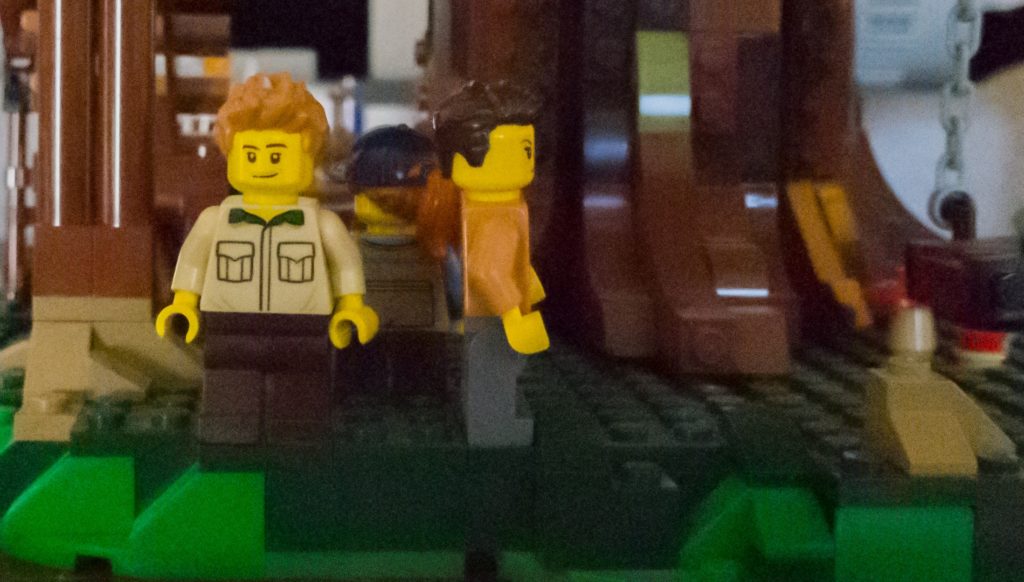
The above image is from the RAW file. The Jpg was ugly. OK, the RAW image is not great but not as bad as I have anticipated. I have also tried at 1600 Iso, I would say it is still OK to shoot with this smartphone up to this Iso level. Compare to the respectively 6400 and 12800 Iso that I consider being the fair limit of the Nikon Z50 and D750, it is not that bad. I am losing 2 and 3 EV, fair enough, but only 2 and 3 EV…
Conclusion for the test 2
From this test perspective – i.e. how it performs in low light conditions, the S20 FE wide angle with RAW format is making the camera as a real alternative or rather complement to APS-C or DSLR. Just a few years ago, 1” sensors had remarkably similar performances and nowadays, you got these performances in the tiny camera of your smartphone always with you (on 1/1.76″ sensor). This does make sense as the sensor is of the size of compact cameras 5 years ago with today’s sensor technology. Of course, the performances are not at the level of their bigger sensors’ counterparts, but the software and the fast lens of smartphone coupled with efficient stabilization try to limit them. For the Samsung S20 Fan Edition 5G, to my personal needs, I can use it up to 1600 ISO. Depending of the subjects and how it moves, this means down to EV8 (like portraits) to EV3 (still subjects) to . Not fantastic, but not so bad and it makes the smartphone a real alternative for many usages with “only” a difference of 2 EV to an APS-C camera and 3 EV to a full-frame. Of course, there are other limitations that I will explore later but again, the camera performances can be acceptable in low light conditions.
Previous post:
Introduction to these tests and test 1 – non demanding conditions
In the next posts:
Test 3: Panorama
Test 4: Portrait
Test 5: Ergonomics and Controls
Wrap-up, and Perspectives
Pingback: Some tests about strengths and limits of modern smartphones cameras for an enthusiast photographer – Part 4: Panorama – Tristan Romain Renaud
Pingback: Some tests about strengths and limits of modern smartphones cameras for an enthusiast photographer – Part 4: Portraits – Tristan Romain Renaud
Pingback: Some tests about strengths and limits of modern smartphones cameras for an enthusiast photographer – Part 5: Controls and Ergonomics – Tristan Romain Renaud
Pingback: Some tests about strengths and limits of modern smartphones cameras for an enthusiast photographer – Part 1 – Tristan Romain Renaud